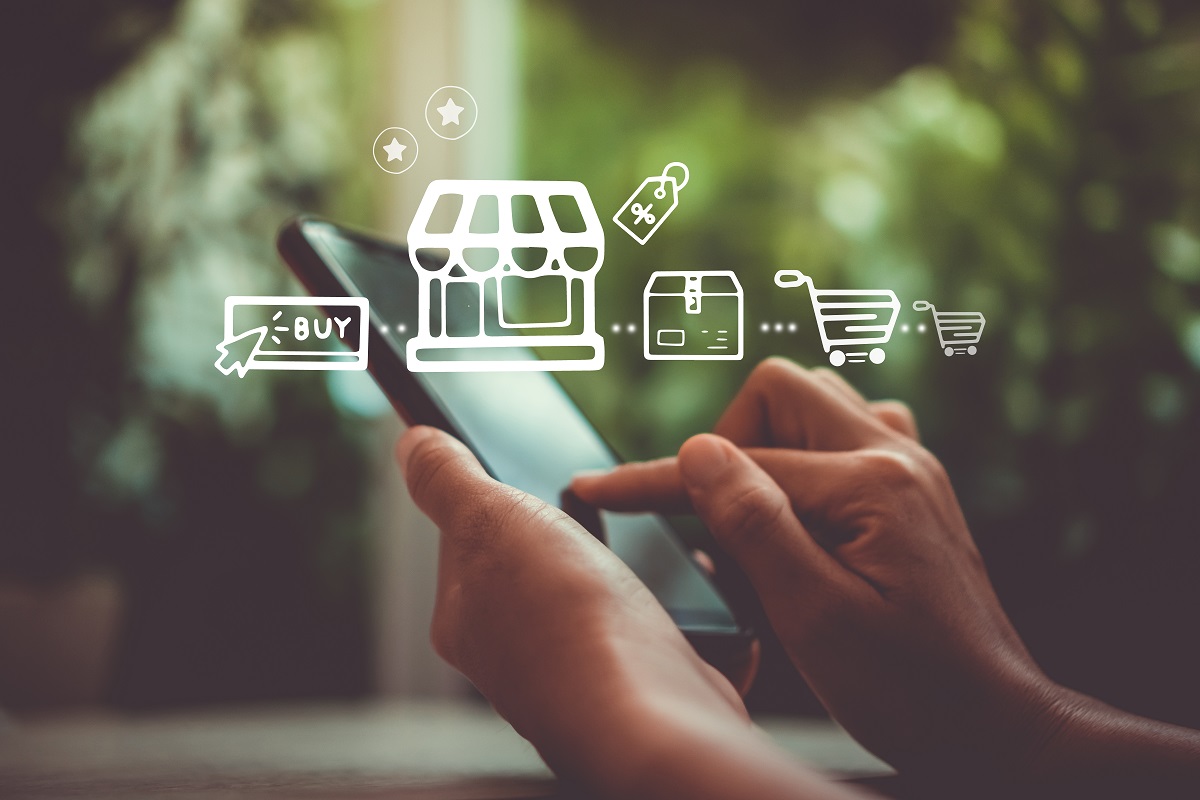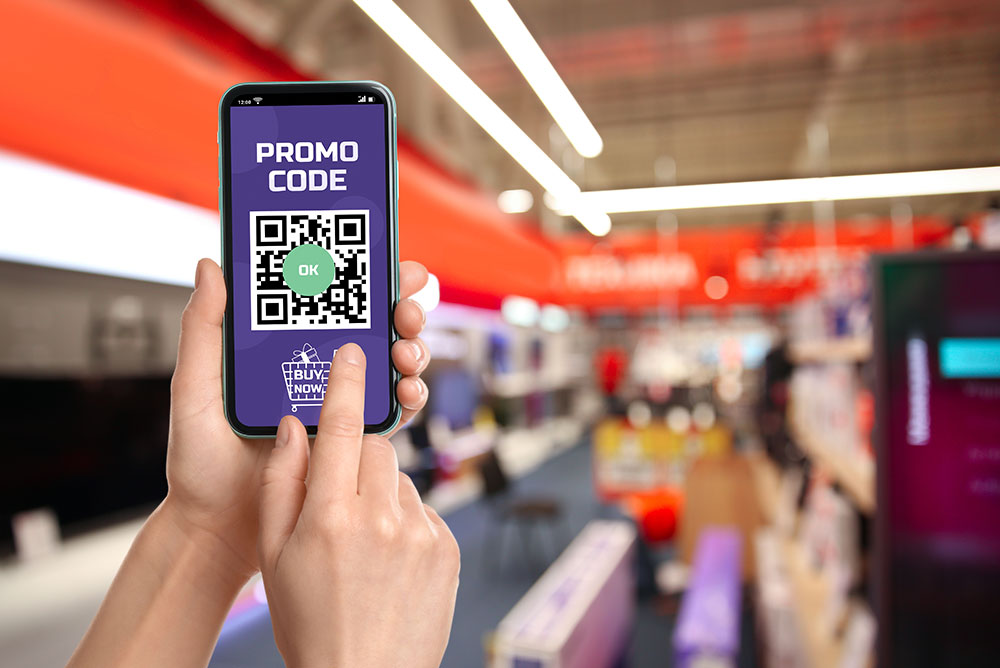
On this page:
1. Get customer and competitive insights to nail your product market fit
2. Create a website to showcase your products
3. Leverage social media to amplify your reach
4. Target your audience with online advertising
5. Use Influencer marketing for your niche
6. Offer samples
7. Set up coupons and discounts to incentivize buyers
8. Take advantage of customer testimonials and reviews
9. Create an e-mail and WhatsApp subscription list
10. Use SEO and create useful content
2. Create a website to showcase your products
Once you have great products, the next step is to build an online webstore to showcase these products to your customers. You can provide as much information about your products as you like to your customers through a compelling product catalog. A website offers lots of room to display product diversity, from colors to details, sizes, and materials.
Moreover, you can update your product information and inventory as and when required — showing if something is sold out, setting your pricing, and showcasing promotions. Always use high quality, original and accurate product images in your listings to ensure customers always know what to expect when they shop online from you.
With SmartBiz, you can build your own e-commerce store in a matter of minutes, backed by powerful tools from Amazon. You can also start showcasing your products the way you want to your customers online. Try for free by joining our invite list today.
3. Leverage social media to amplify your reach
In this digital-age, social media is where your customers are most likely spending most of their time. And that’s why you need to leverage social media and chat commerce platforms (such as Facebook, Instagram, LinkedIn, Twitter, and others) to promote your products online.
Going all out on social media can help you direct your customers towards your brand, create awareness for new product launches, inform them about an attractive deal, engage with them, and create a sense of community. It can also facilitate direct sales through some networks, and provide the back-end tools to let customers share products and recent purchases with friends and followers through just a single click. Here are some tips to use social in the best possible way:
- Optimize your about section
- Update your webstore link in your bio
- Explore live shopping on social
- Showcase user generated content as social proof
- Leverage WhatsApp to start conversations
- Make your social posts shoppable
4. Target your audience with online advertising
Online advertising is a hugely popular strategy in this internet-age, with almost two of every three businesses using paid marketing. You can choose from a plethora of internet-based channels to win new customers, boost your brand visibility, and market your products online. These include search engines like, social media platforms, and display ads, banner ads, and native ads.
Unlike traditional advertising mediums like TV, radio, and billboards, the cost of online advertising is low and can be controlled based on target demography and keyword popularity. Moreover, it is measurable, too. Every channel can be tracked, measured, and optimized, so you can optimize your campaigns for ROI to the fullest extent.
5. Use influencer marketing for your niche
From traditional posts to ever-popular Instagram reels to long videos, you can use influencer marketing to grow your brand awareness, increase sales, or promote your products online.
Get influencers to talk about or promote your brand and products and provide a link to your e-commerce store. You can also request the use of their content on your page for reposting to highlight your partnership with them. Furthermore, capture their testimonial and story on your website to provide social proof to your potential customers, so they feel more confident while purchasing. Offering a discount or an influencer-specific coupon code is also a great way to increase your sales and ROI on the campaign.
6. Offer samples
Offering free samples of your products to your customers can help introduce your product to new audiences unfamiliar with your brand and products and help you foster relationships and inspire loyalty with existing customers. Depending on your business objective and business lifecycle stage, you can choose your own sampling strategy. In case you are starting completely new, you can consider offering samples in partnership with established and complementary brands in order to reach new audiences. If you have launched a new product line, you can offer samples to your own existing customers to introduce them to the new products seamlessly.
But remember this, free samples can work if they are given out thoughtfully and in the right quantities. You need to define your target audience, establish clear goals, track your conversions, strategically place your sample location, leverage social media, and gather feedback from your customers.
7. Set up coupons and discounts to incentivize purchases
It is no secret that customers love to buy products when they receive a good bargain on the products. Providing offers, coupons, discounts, and deals for your online store can be a powerful weapon in your conversion arsenal to induce trials and convert your website visitors into your customers. However, you need to be mindful when deciding about whether to offer discounts, who to offer discounts, when to offer discounts, and how much the discounts should be worth.
Incentivizing your customers can give your business an opportunity to create engaging marketing content that speaks to your brand — while adding in a layer of excitement and urgency with the discount offer you are providing to customers.
8. Take advantage of customer testimonials and reviews
Happy customers are always your biggest and most powerful advocates and spokespeople. Customer testimonials and reviews help highlight your existing customers’ experiences, ideas, opinions, and feedback about your brand and product and help build up customer trust in your small business. Moreover, in today’s age of social media reviews, customer testimonials can inspire ideas among potential customers on how to cleverly use your products and help your customers understand how your products look/perform in real settings.
You can leverage your happy customers to build trust and reliability, showcase authenticity and credibility, and drive empower brand advocacy and positive word of mouth for your small business. So, it is absolutely essential to include social proof on your digital storefront. Additionally, you can also use customer testimonials and reviews across your social media pages as a perfect solution to drive online promotions, improve engagement, and boost SEO, conversions, and revenue.
9. Create an e-mail and/or chat-based subscription list
Sending emails and chat messages to your existing customers is a reminder that your business is out there, at their service, and ready to meet their future needs. It helps you to stay on your customer’s radar and communicate directly with them. You can also keep your customers informed and up to date about new and upcoming products and send insights and exclusive looks into new products. Also, you can offer exclusive discounts and encourage them to buy again.
Even the most subtle messaging can go a long way, implanting your brand name in your customer’s mind for them to be reminded of it at just the right moment. So encourage your customers to provide their WhatsApp/ SMS number or email ID when they visit your website, make a purchase, inquire about a product, and so on, in order to build an effective subscription list.
10. Use SEO and create useful content
Optimization of your site for relevant keywords is an important aspect of marketing your business online. However, if your business is new — less than two years old — and you have little authority or content, it might be difficult to rank at the top of Google's SERPs for any keyword that is marginally competitive.
Build excellent content that adds a high amount of value to your customers. This will help you slowly but steadily increase your authority and rank higher on Google and other search engines. You can also use content to highlight your brand story, product differentiators, benefits and even how to use the product in different ways for best results. You can even create content around customer testimonials. Also, ensure to optimize your site's on-page and off-page SEO by paying attention to your site's speed, mobile usability, meta descriptions, link profile, reading level, citing of sources, content quality, insightfulness, and so on.






